I am querying a SQLite database table as follows:
SELECT MAX(Date) from Intra360 WHERE Date <= "05/04/2013 00:00"
The right record in return should be the number 47, i.e. 04/04/2013 23:00:

However, the execution of this statement returns a different value:

I confess I know almost nothing about SQL, but this outcome is strange. Where am I being wrong?
NOTE "Intra360" is the name of the table and the field containing the dates is called "Date"
ADDITIONAL NOTE what I need is the closest available date to a user input. It is a Python program which is making some analysis but when the user inputs the dates is not necessarily true they will exist in the database. So I'm just trying to re-select them in a way that the proper SQL statement that will load the data to be used in the analysis won't fail execution because of the missing record. So "05/04/2013 00:00" is the user input, and the query should be done hence starting from 04/04/2013 (and not definetely 04/06/2013).